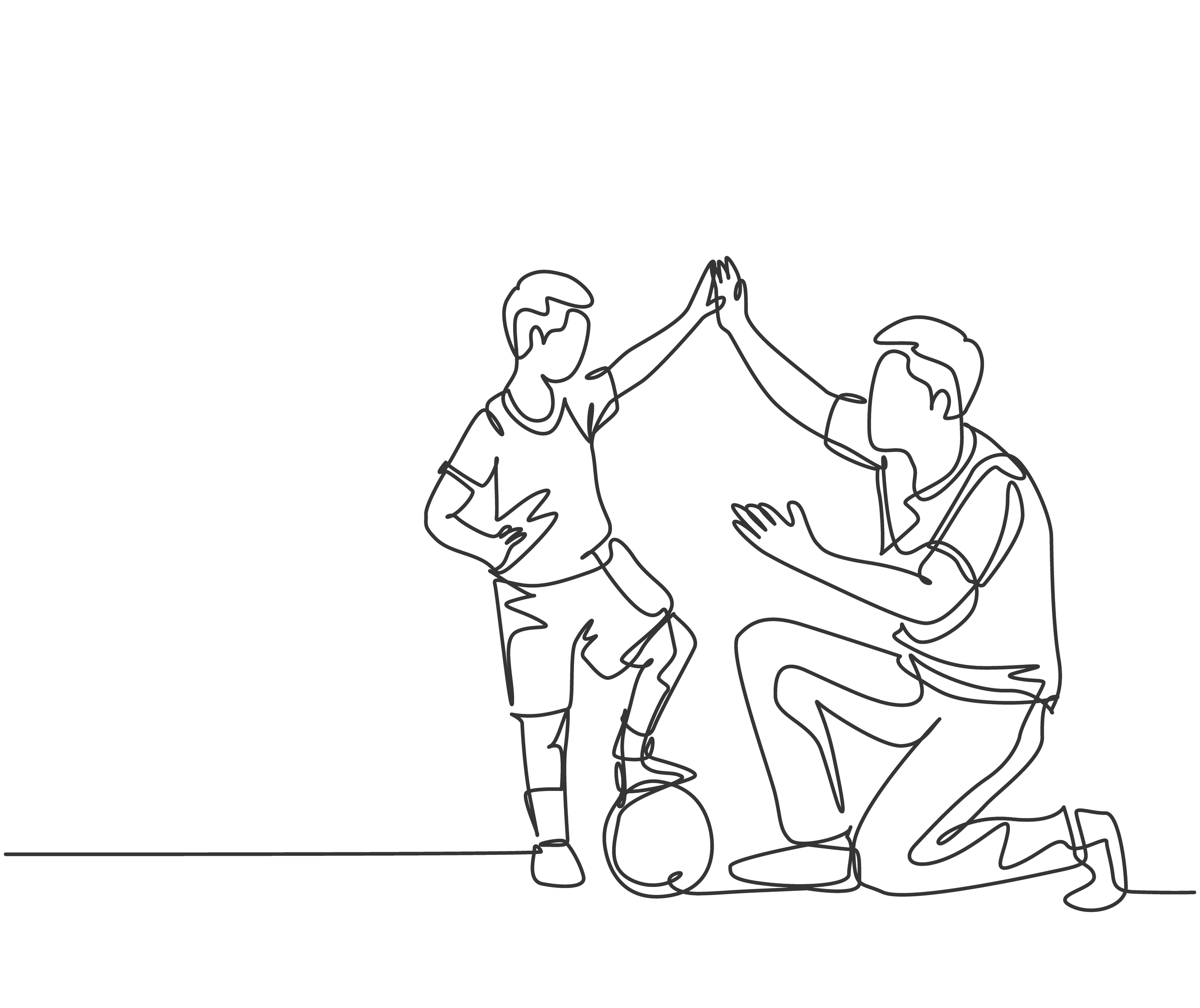10 Sensory SuperNanny Strategies: A Guide for Caring for Kids with Sensory Processing Disorder (SPD)
July 11, 2024
10 Sensory SuperNanny Strategies: A Guide for Caring for Kids with Sensory Processing Disorder (SPD)
10 Sensory SuperNanny Strategies: A Guide for Caring for Kids with Sensory Processing Disorder (SPD)
Parenting is no easy feat, and it becomes even more challenging when you have a child diagnosed with Sensory Processing Disorder (SPD). Even the typical child can present sensory challenges, and it’s crucial to understand how to address these to ensure their well-being and development. SuperNanny, a beloved figure known for her exceptional skills in child rearing, teaches a variety of techniques that can be tailored to support children with SPD. In this comprehensive guide, we’ll explore 10 SuperNanny strategies that can be particularly beneficial for families and caregivers navigating the complex world of raising a child with SPD.
Understanding Sensory Processing Disorder
SPD is a neurological condition that affects the way sensory information is received and processed by the brain. This can manifest in an array of symptoms, from hypersensitivity to certain stimuli, like touch or sound, to seeking sensory stimulation. The core issue is organizing and interpreting sensory input appropriately, which can lead to difficulties in daily functioning. Recognizing the signs and understanding how they impact your child is the first step in creating a supportive environment.
What are the Types of SPD?
There are three primary patterns of sensory processing difficulties:
- Sensory Modulation Disorder:When a child’s responses to sensory input are disorganized, leading to over-reactivity, under-reactivity, or sensory seeking behavior.
- Sensory Discrimination Disorder:Affects the interpretation of sensory information.
- Sensory-Based Motor Disorder:Affects the coordination of movements in response to sensory input.
The SuperNanny Approach to Sensory Awareness
Jo Frost, the SuperNanny herself, has demonstrated effective strategies for managing challenging child behavior. Her approach fosters a healthy, loving, and structured environment that empowers both the children and their caregivers. This includes becoming more knowledgeable about Sensory Processing Disorder and its impact on a child.
Sensory Friendly Spaces
Creating environments that are sensory friendly is vital. For those with SPD, certain spaces can be overwhelming or under-stimulating. SuperNanny advises on how to structure physical environments to minimize sensory overload and encourage a child’s engagement with their surroundings.
Sensory Diet for Regulation
Sensory diet refers to a tailored plan of activities and accommodations designed to meet a child’s sensory needs. SuperNanny promotes the use of such diets to help children with SPD regulate their sensory experiences, promoting calm and focus.
The Top 10 SuperNanny Strategies for Kids with SPD
Combining the principles of positive reinforcement and structure with an understanding of SPD can significantly improve the quality of life for both the child and their caregivers. Here are 10 strategies inspired by SuperNanny for caring for kids with Sensory Processing Disorder.
Establishing a Routine
Predictability is comforting for children with SPD. Establishing consistent daily routines can help them anticipate what comes next, reducing anxiety and meltdowns. SuperNanny shines in her ability to create schedules that work for the child and family, ensuring the right balance of structure and flexibility.
Setting Clear Expectations and Using Praise
Consistent expectations coupled with positive reinforcement can work wonders for a child with SPD. SuperNanny emphasizes setting clear, achievable goals for behavior and celebrates successes with genuine praise, reinforcing good habits.
Encouraging Sensory Breaks
Sensory overload can occur when a child has been exposed to too much stimulation for an extended period. SuperNanny recommends planning regular breaks in the daily schedule to allow children to decompress and self-regulate.
Implementing Calming Techniques
Learning and practicing calming techniques are essential for a child with SPD. SuperNanny demonstrates a variety of tools, such as deep breathing exercises and sensory bins with tactile materials, that can soothe an overwhelmed child.
Utilizing Visual Supports
Visual cues can be particularly helpful for children with SPD to understand the sequence of activities or the impending changes in their schedule. SuperNanny often uses visual schedules and other tools to enhance communication and comprehension for children.
Providing Choices and Control
A child with SPD may feel out of control when faced with overwhelming sensory experiences. SuperNanny advises on offering choices within a structured framework to empower children, helping them to feel more in control and less anxious.
Managing Transitions
Sudden changes can be difficult for children with SPD. SuperNanny encourages a strategic approach to managing transitions, which includes advanced notice, preparation, and maintaining a calm demeanor to help the child shift focus smoothly.
Structuring Sensory Play
Play is a crucial activity for all children, especially those with SPD. Structuring sensory play can provide the right kind of input for a child’s sensory needs, and SuperNanny suggests various activities, like playing with water or kinetic sand, in a controlled and beneficial manner.
Building Downtime into the Day
Children with SPD often need more rest and relaxation than their peers. SuperNanny recommends incorporating downtime into the daily routine and ensuring that the child has a quiet, nurturing space to unwind as needed.
Partnering with Professionals
Caring for a child with SPD can be very overwhelming, and it’s okay to ask for help. SuperNanny urges families and caregivers to build a network that includes professionals with experience in sensory disorders, who can offer guidance and support.
The SuperNanny Method in Action
Real-life application of these strategies can bring about significant positive change. By being patient, proactive, and understanding, parents and caregivers can help children with SPD thrive. SuperNanny’s method emphasizes the importance of consistency and love, two crucial elements in supporting children with sensory challenges.
Challenges and Growth
Every child with SPD is unique, and what works for one may not work for another. It’s essential to remain flexible, observant, and open to new strategies. The process of caring for a child with SPD is a learning experience for both the child and the family, full of its challenges and rewards.
Conclusion
Raising a child with SPD requires a specialized set of skills and an open heart. SuperNanny’s techniques, adapted with the challenges of sensory processing in mind, offer valuable insights for parents, educators, and caregivers. Understanding and implementing these strategies can help create a harmonious environment that supports a child’s unique sensory needs, fostering their growth and well-being.
For more insights and practical advice on managing sensory challenges, consider consulting with a professional who specializes in SPD. Your commitment to learning and adapting will not only impact the life of your child but may also inspire others in similar situations to find their path to success and happiness.











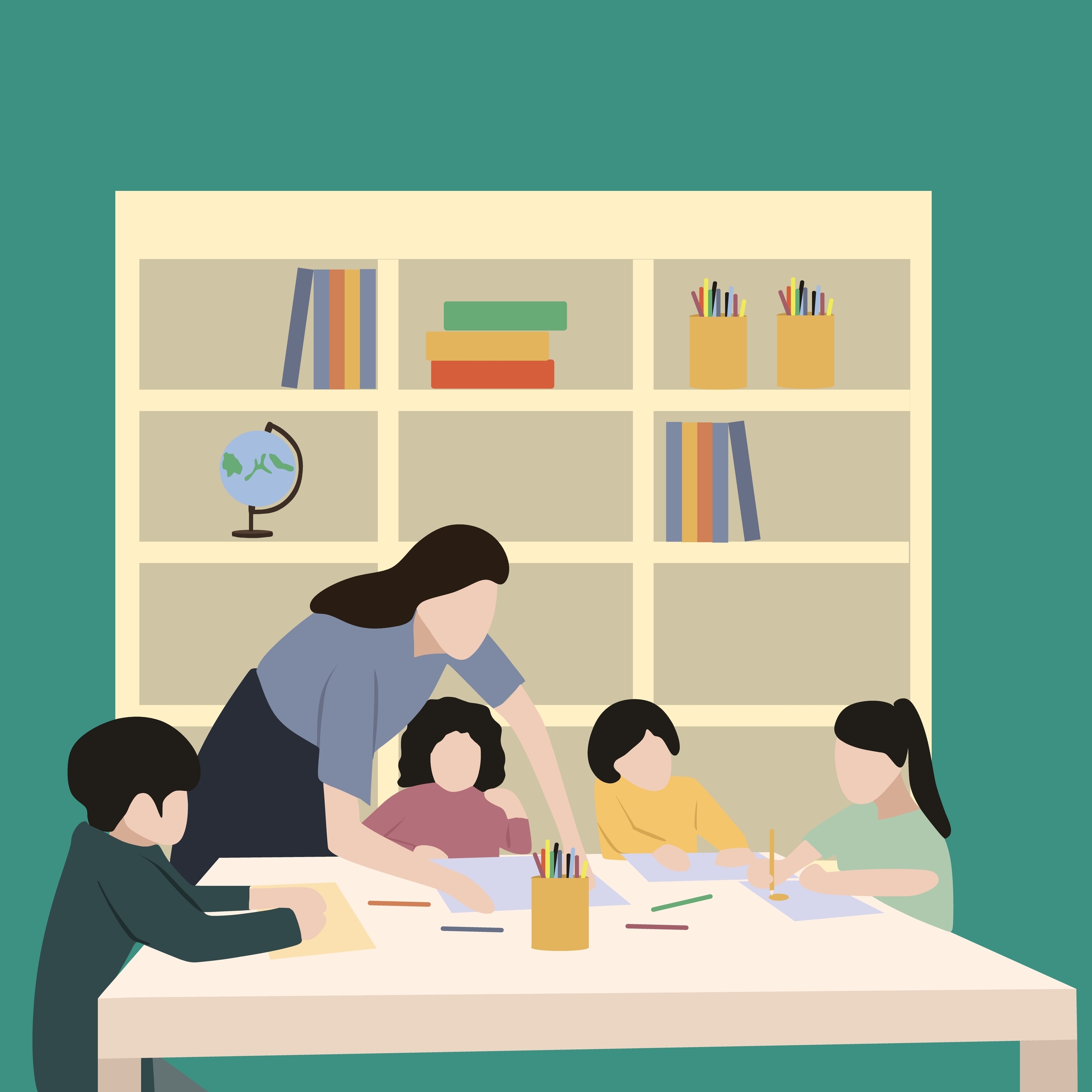








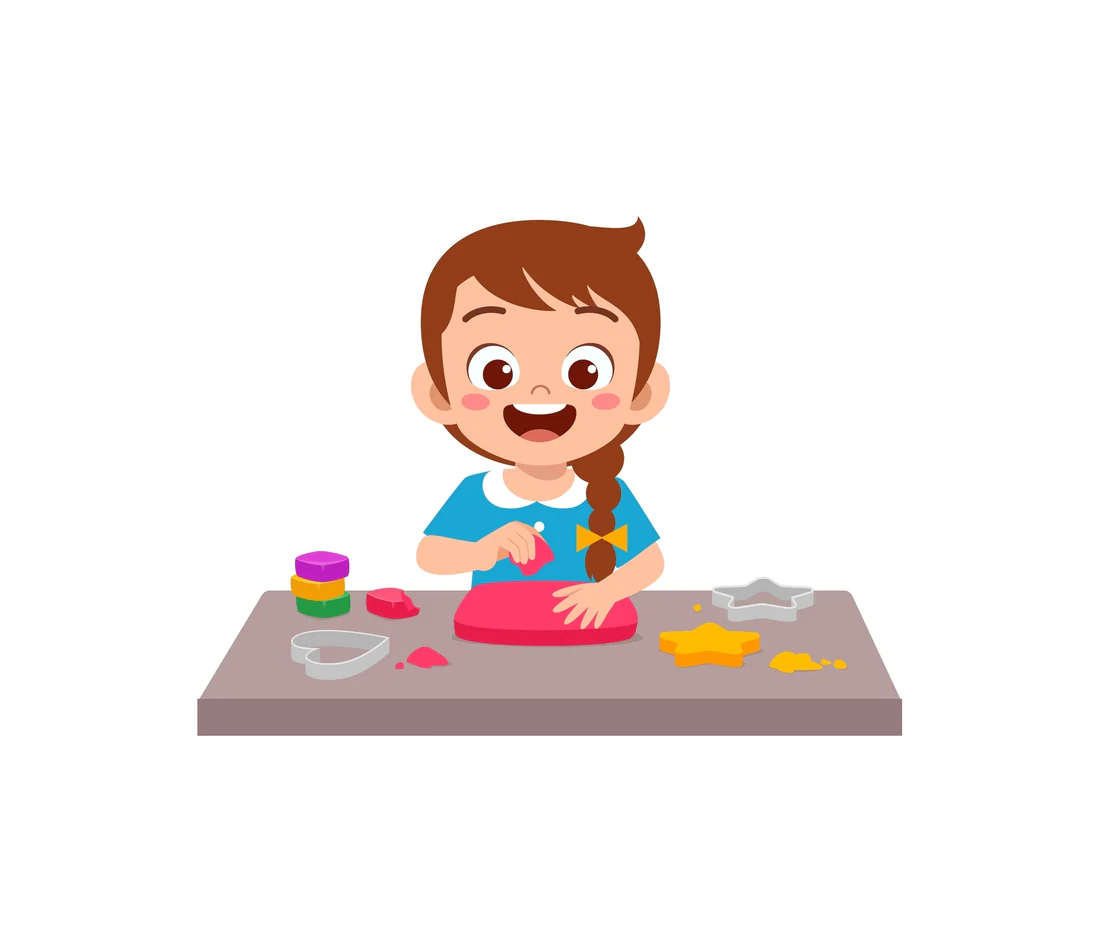

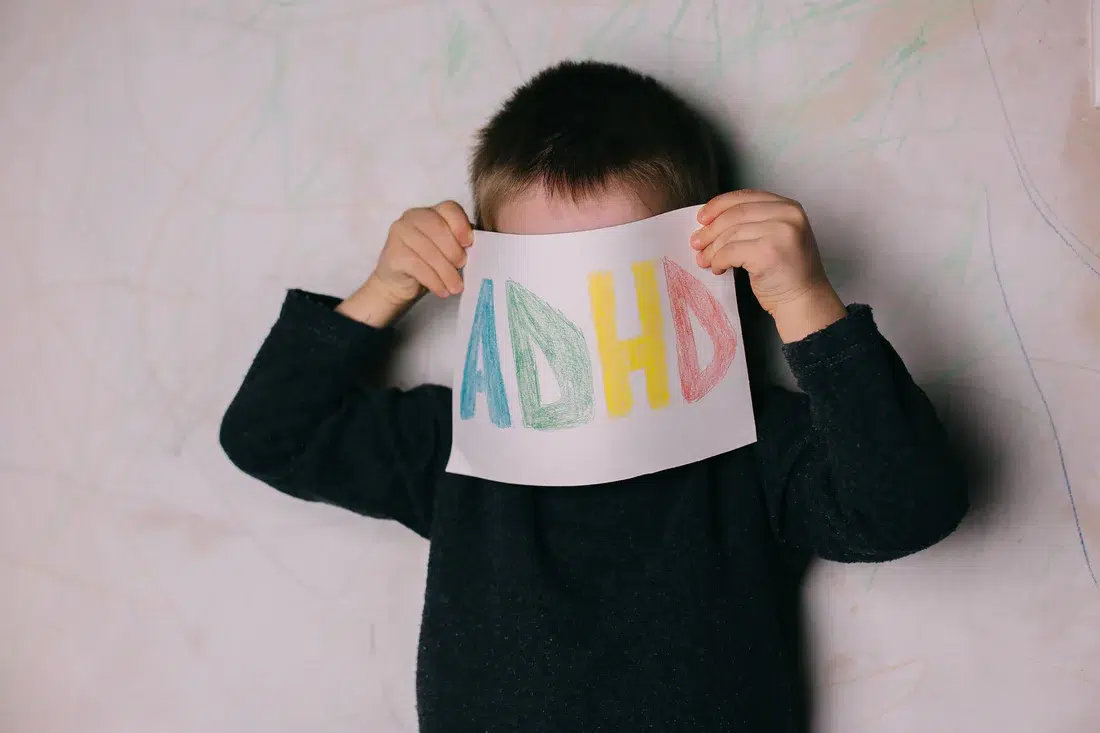





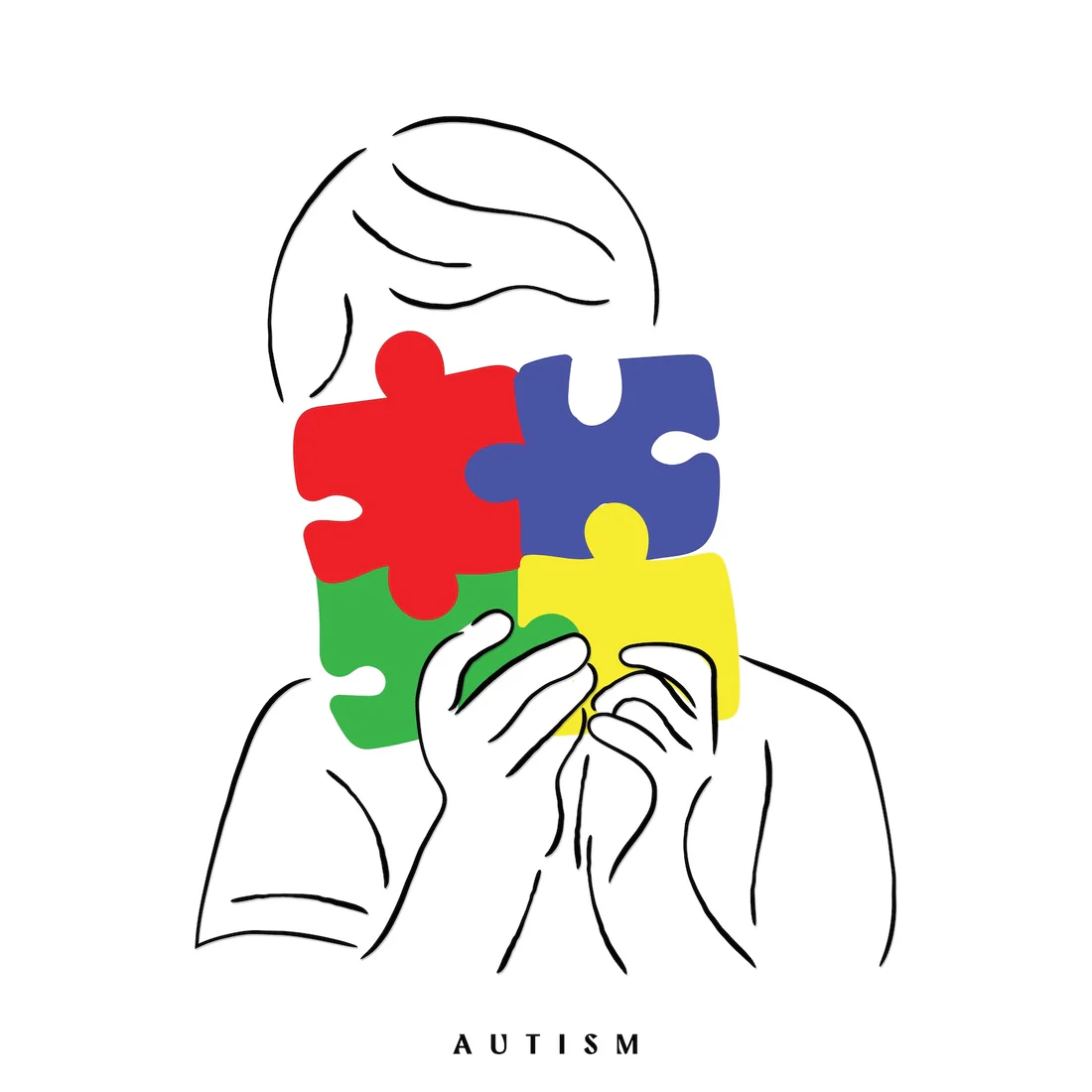
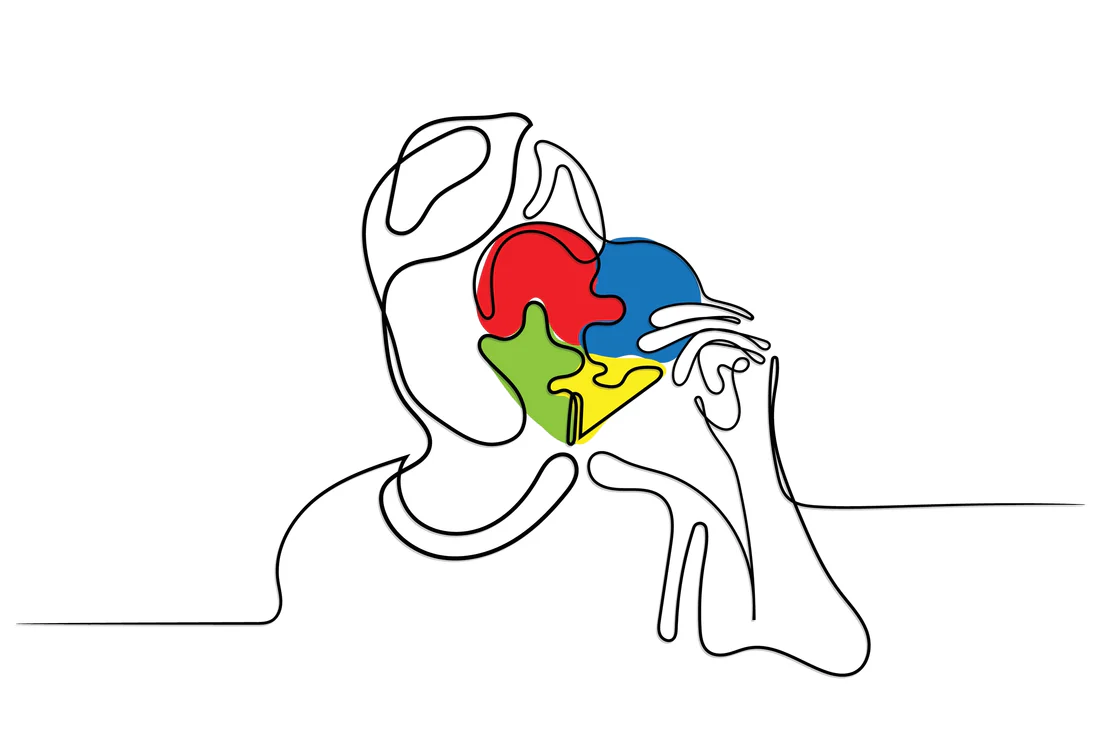










 Speech Therapy
Speech Therapy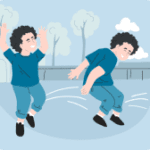 Physical Therapy
Physical Therapy Occupational Therapy
Occupational Therapy




